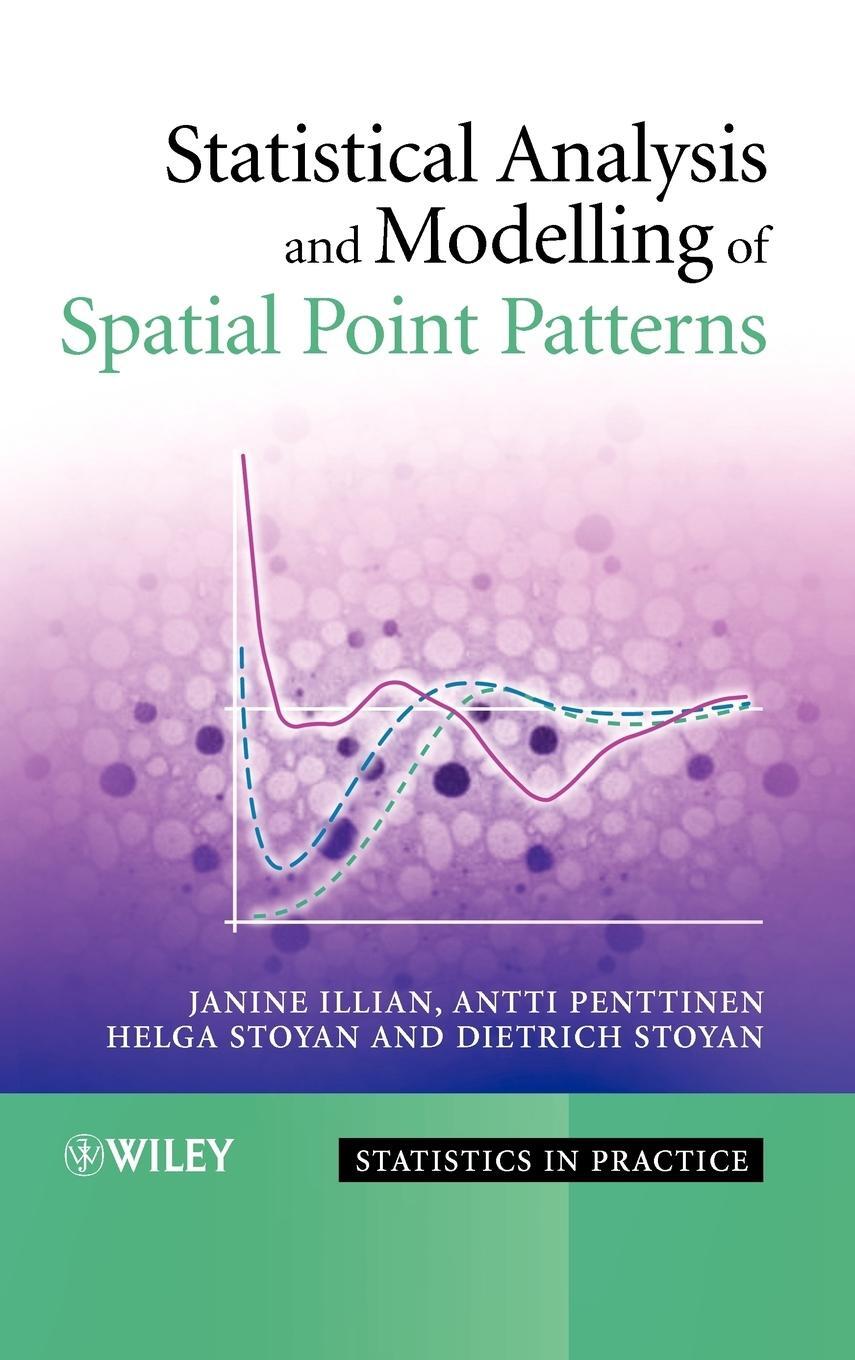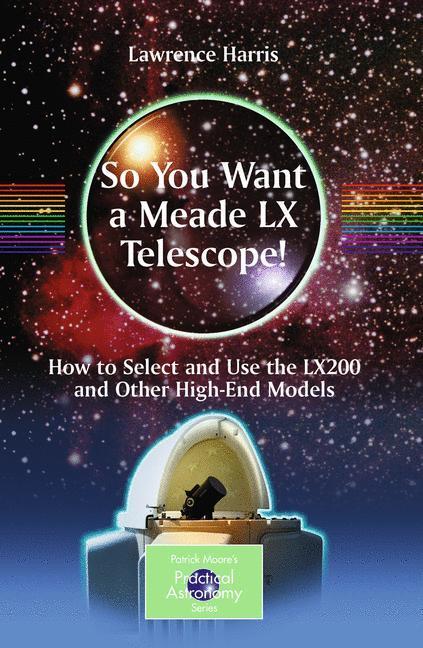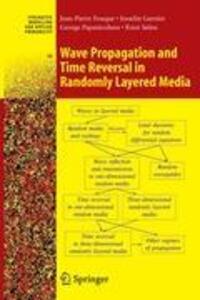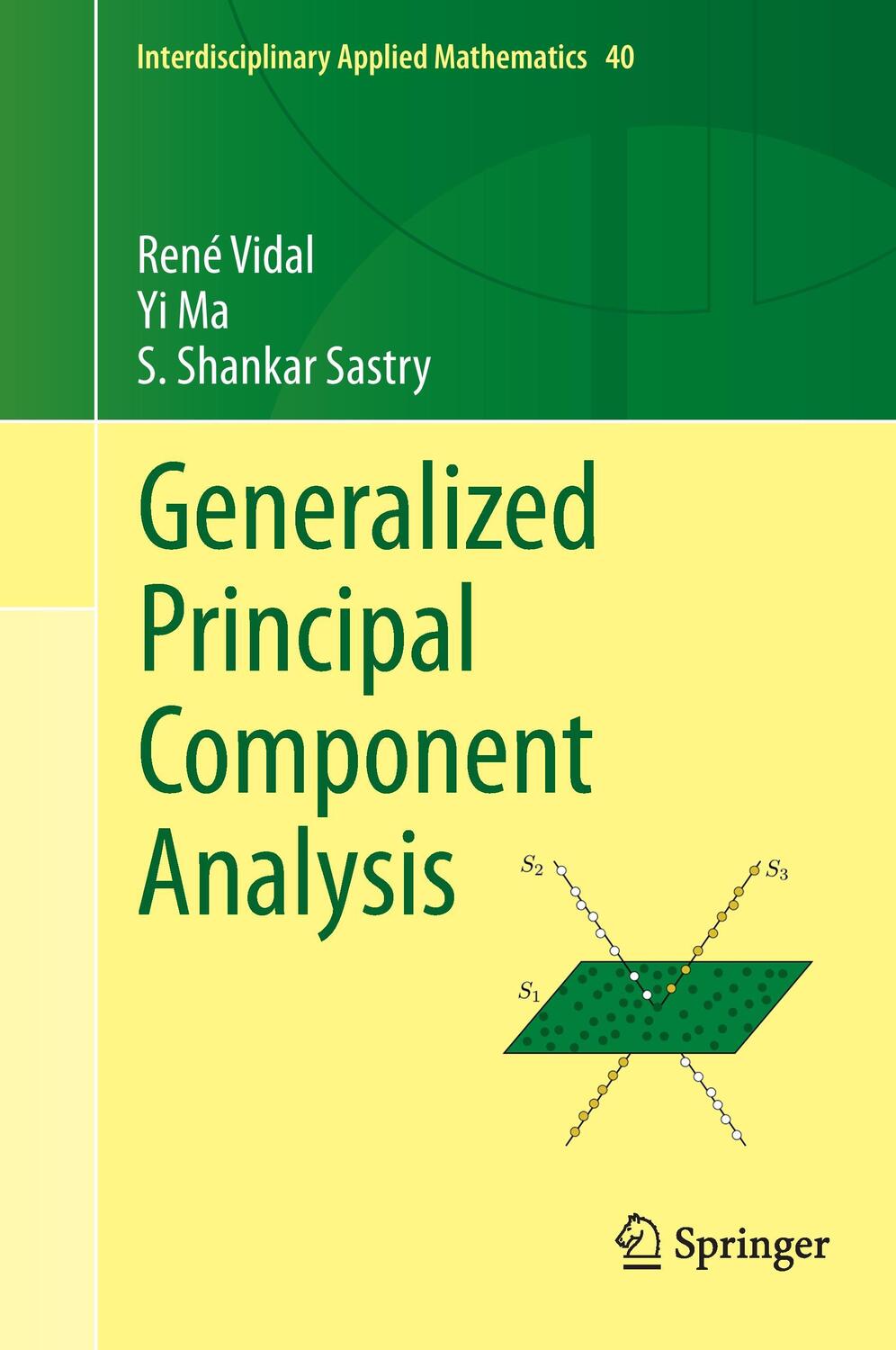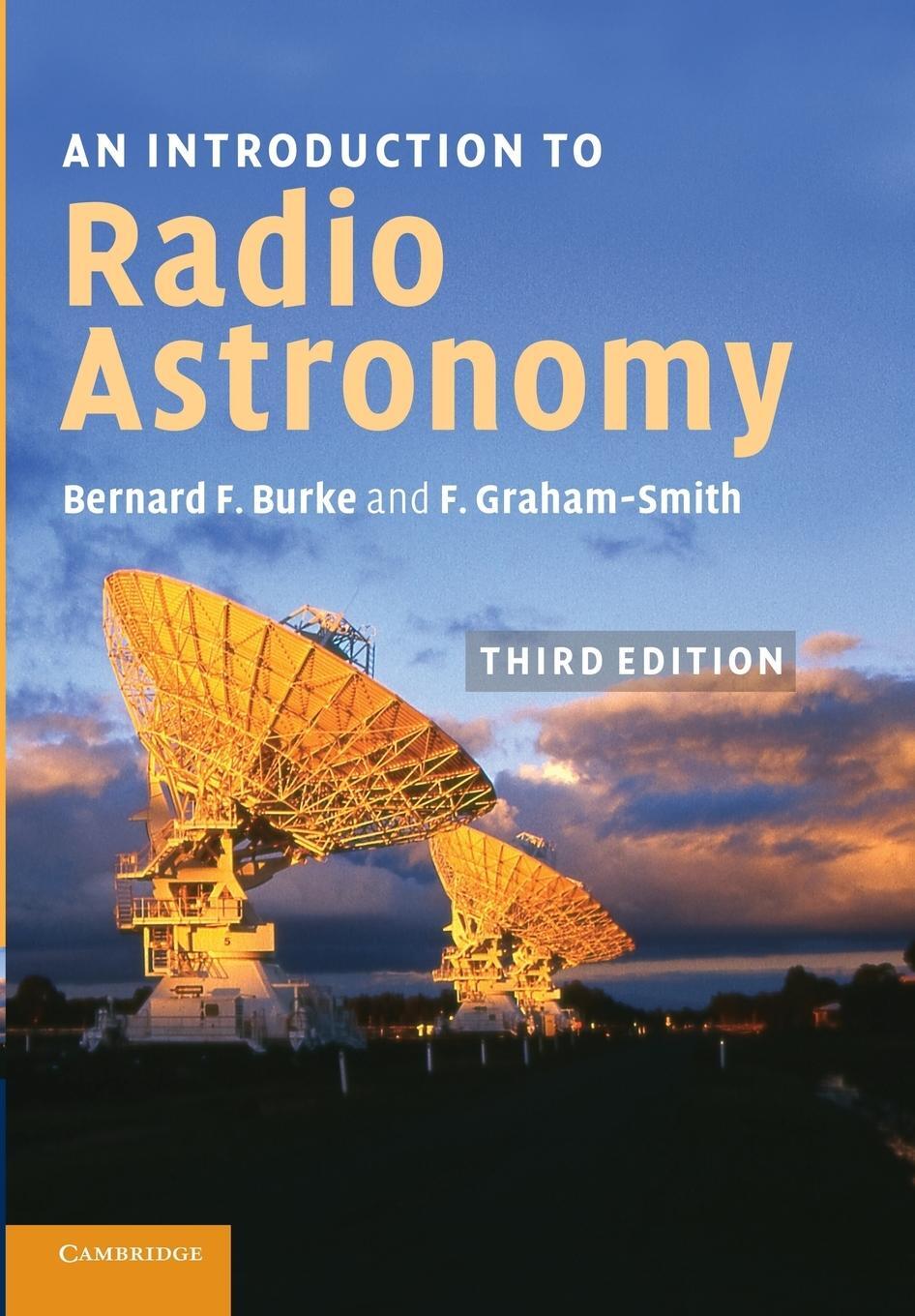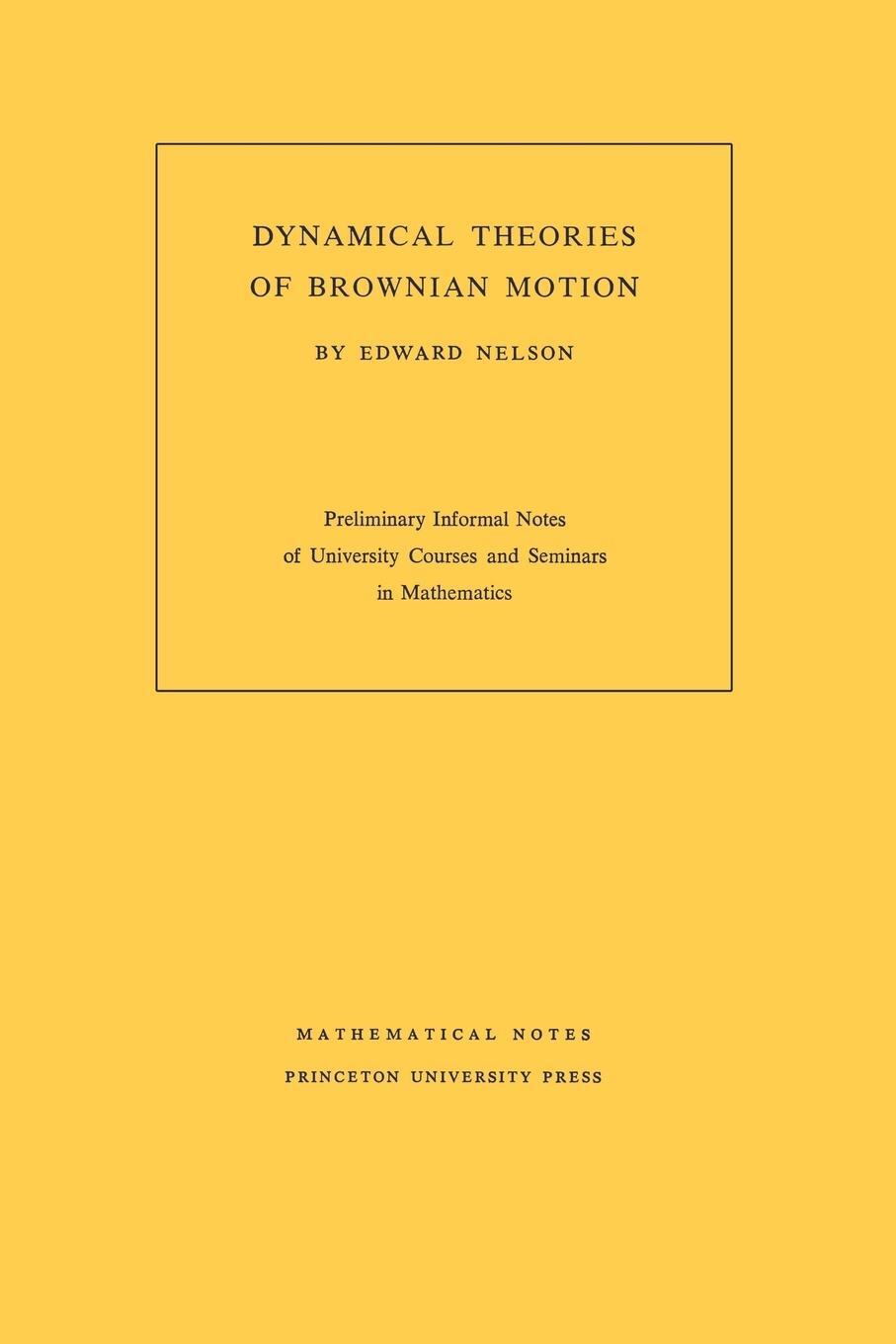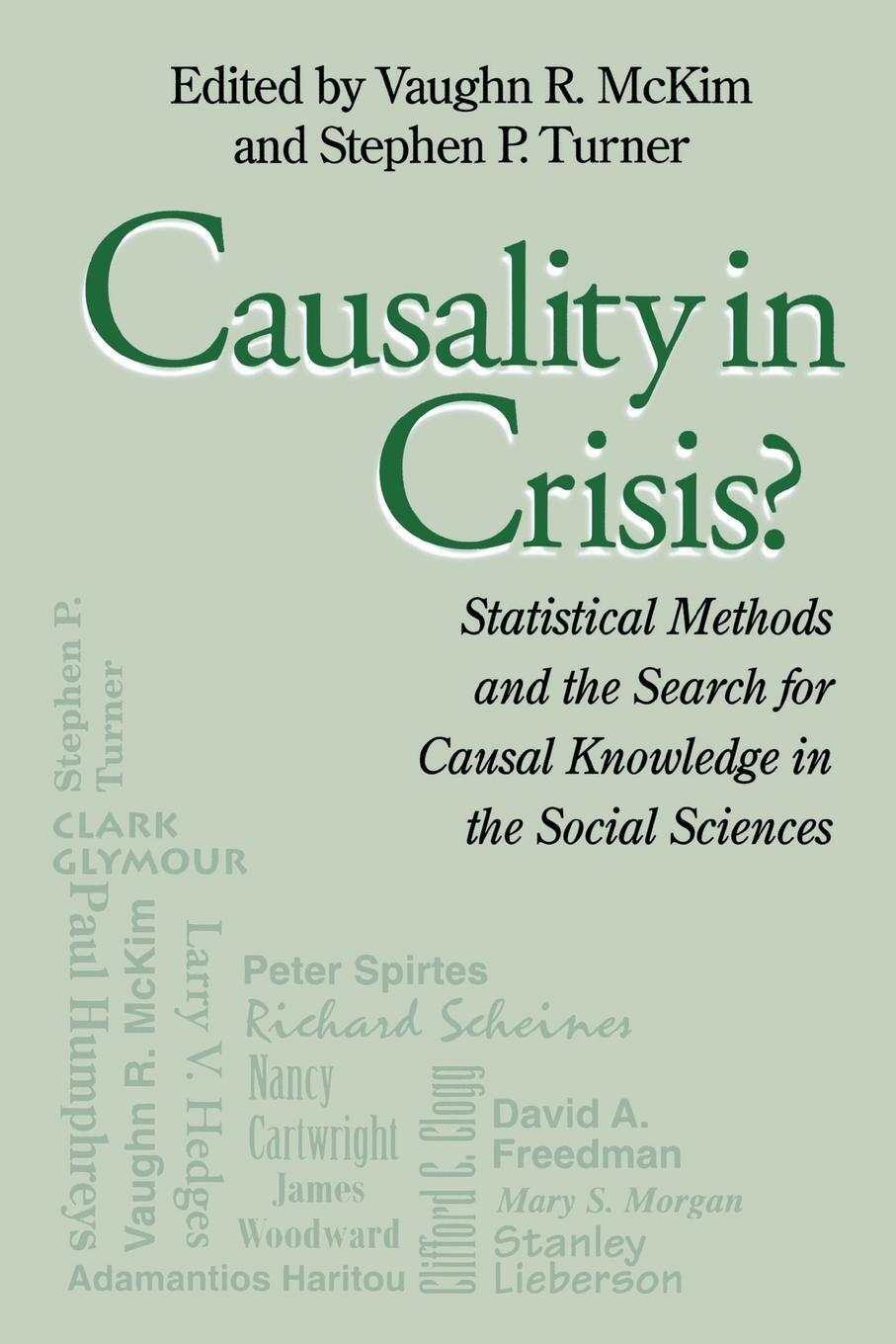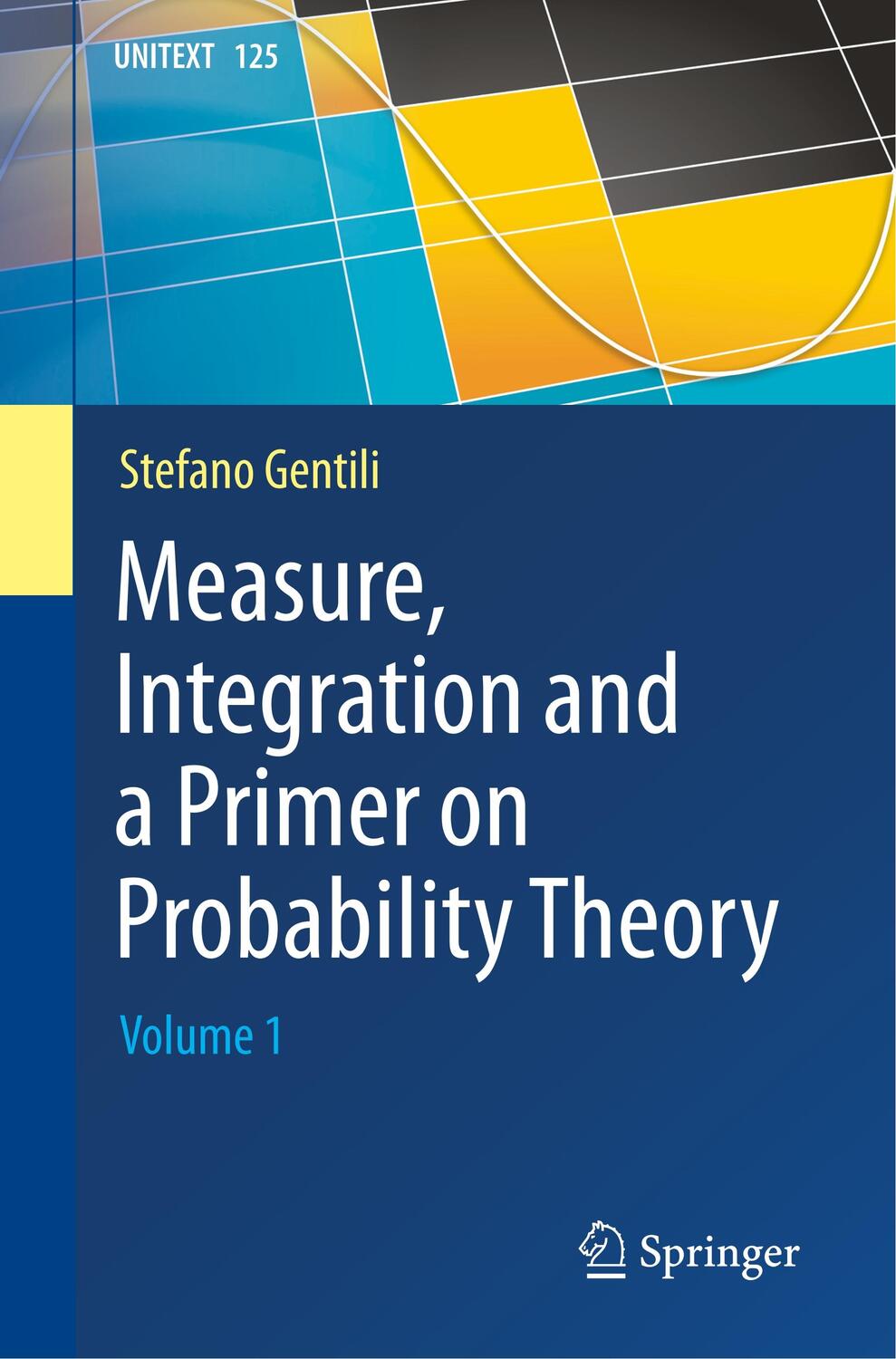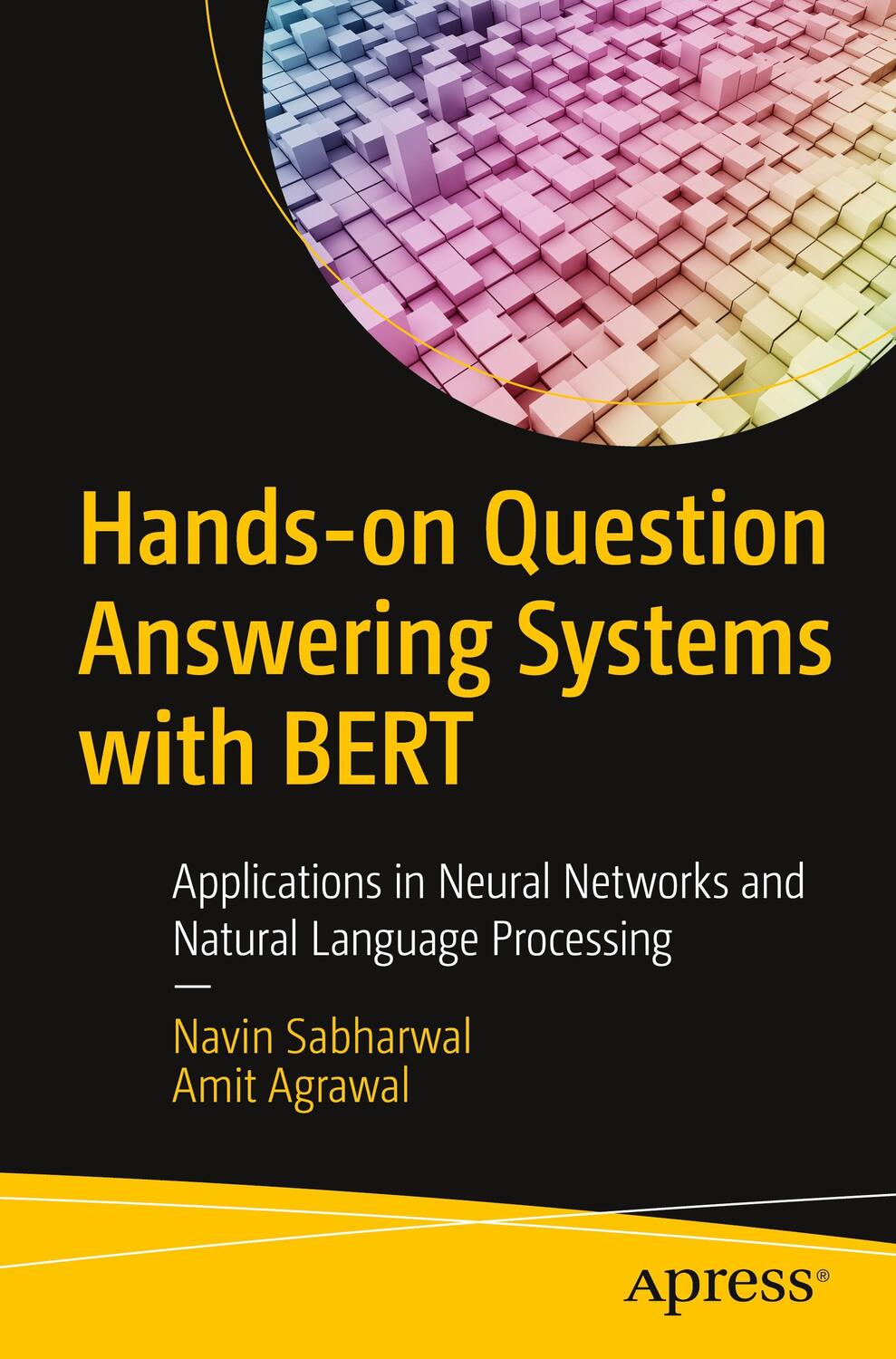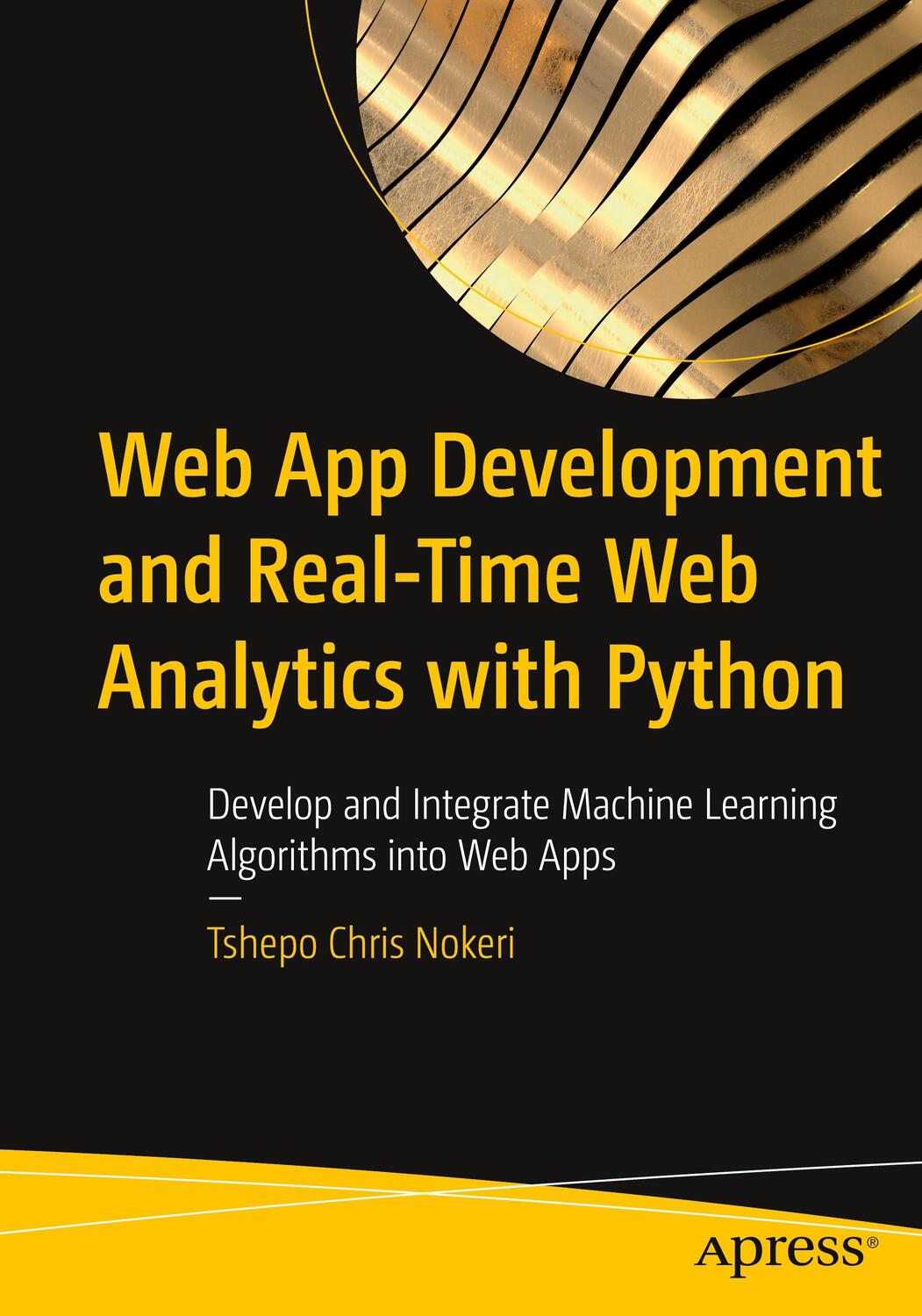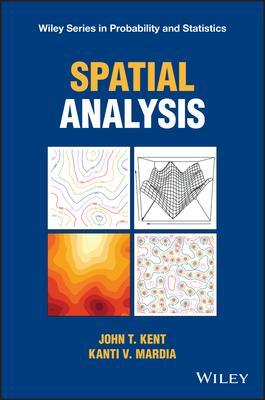176,50 €*
Versandkostenfrei per Post / DHL
Aktuell nicht verfügbar
Numerous aspects of the nature of a specific spatial point pattern may be described using the appropriate statistical methods. Statistical Analysis and Modelling of Spatial Point Patterns provides a practical guide to the use of these specialised methods. The application-oriented approach helps demonstrate the benefits of this increasingly popular branch of statistics to a broad audience.
The book:
* Provides an introduction to spatial point patterns for researchers across numerous areas of application.
* Adopts an extremely accessible style, allowing the non-statistician complete understanding.
* Describes the process of extracting knowledge from the data, emphasising the marked point process.
* Demonstrates the analysis of complex datasets, using applied examples from areas including biology, forestry, and materials science.
* Features a supplementary website containing example datasets.
Statistical Analysis and Modelling of Spatial Point Patterns is ideally suited for researchers in the many areas of application, including environmental statistics, ecology, physics, materials science, geostatistics, and biology. It is also suitable for students of statistics, mathematics, computer science, biology and geoinformatics.
Companion website:
[...]
Numerous aspects of the nature of a specific spatial point pattern may be described using the appropriate statistical methods. Statistical Analysis and Modelling of Spatial Point Patterns provides a practical guide to the use of these specialised methods. The application-oriented approach helps demonstrate the benefits of this increasingly popular branch of statistics to a broad audience.
The book:
* Provides an introduction to spatial point patterns for researchers across numerous areas of application.
* Adopts an extremely accessible style, allowing the non-statistician complete understanding.
* Describes the process of extracting knowledge from the data, emphasising the marked point process.
* Demonstrates the analysis of complex datasets, using applied examples from areas including biology, forestry, and materials science.
* Features a supplementary website containing example datasets.
Statistical Analysis and Modelling of Spatial Point Patterns is ideally suited for researchers in the many areas of application, including environmental statistics, ecology, physics, materials science, geostatistics, and biology. It is also suitable for students of statistics, mathematics, computer science, biology and geoinformatics.
Companion website:
[...]
Janine Illian, SIMBIOS, University of Abertay, Dundee, Scotland.
Antti Pentinen, Professor in the Department of Mathematics and Statistics, University of Jyvaskyla, Finland.
Dietrich Stoyan, Professor a the Insitut für Stochastik, University of Freiberg, Germany.
List of Examples.
1. Introduction.
1.1 Point process statistics.
1.2 Examples of point process data.
1.3 Historical notes.
1.4 Sampling and data collection.
1.5 Fundamentals of the theory of point processes.
1.6 Stationarity and isotropy.
1.7 Summary characteristics for point processes.
1.8 Secondary structures of point processes.
1.9 Simulation of point processes.
2. The Homogeneous Poisson point process.
2.1 Introduction.
2.2 The binomial point process.
2.3 The homogeneous Poisson point process.
2.4 Simulation of a homogeneous Poisson process.
2.5 Model characteristics.
2.6 Estimating the intensity.
2.7 Testing complete spatial randomness.
3. Finite point processes.
3.1 Introduction.
3.2 Distributions of numbers of points.
3.3 Intensity functions and their estimation.
3.4 Inhomogeneous Poisson process and finite Cox process.
3.5 Summary characteristics for finite point processes.
3.6 Finite Gibbs processes.
4. Stationary point processes.
4.1 Basic definitions and notation.
4.2 Summary characteristics for stationary point processes.
4.3 Second-order characteristics.
4.4 Higher-order and topological characteristics.
4.5 Orientation analysis for stationary point processes.
4.6 Outliers, gaps and residuals.
4.7 Replicated patterns.
4.8 Choosing appropriate observation windows.
4.9 Multivariate analysis of series of point patterns.
4.10 Summary characteristics for the non-stationary case.
5. Stationary marked point processes.
5.1 Basic definitions and notation.
5.2 Summary characteristics.
5.3 Second-order characteristics for marked point processes.
5.4 Orientation analysis for marked point processes.
6. Modelling and simulation of stationary point processes.
6.1 Introduction.
6.2 Operations with point processes.
6.3 Cluster processes.
6.4 Stationary Cox processes.
6.5 Hard-core point processes.
6.6 Stationary Gibbs processes.
6.7 Reconstruction of point patterns.
6.8 Formulas for marked point process models.
6.9 Moment formulas for stationary shot-noise fields.
6.10 Space-time point processes.
6.11 Correlations between point processes and other random structures.
7. Fitting and testing point process models.
7.1 Choice of model.
7.2 Parameter estimation.
7.3 Variance estimation by bootstrap.
7.4 Goodness-of-fit tests.
7.5 Testing mark hypotheses.
7.6 Bayesian methods for point pattern analysis.
Appendix A Fundamentals of statistics.
Appendix B Geometrical characteristics of sets.
Appendix C Fundamentals of geostatistics.
References.
Notation index.
Author index.
Subject index.
| Erscheinungsjahr: | 2008 |
|---|---|
| Fachbereich: | Wahrscheinlichkeitstheorie |
| Genre: | Mathematik |
| Rubrik: | Naturwissenschaften & Technik |
| Medium: | Buch |
| Seiten: | 560 |
| Inhalt: | 544 S. |
| ISBN-13: | 9780470014912 |
| ISBN-10: | 0470014911 |
| Sprache: | Englisch |
| Herstellernummer: | 14501491000 |
| Einband: | Gebunden |
| Autor: |
Illian, Janine
Penttinen, Antti Stoyan, Helga Stoyan, Dietrich |
| Hersteller: |
Wiley
John Wiley & Sons |
| Maße: | 235 x 157 x 34 mm |
| Von/Mit: | Janine Illian (u. a.) |
| Erscheinungsdatum: | 01.03.2008 |
| Gewicht: | 0,954 kg |
Janine Illian, SIMBIOS, University of Abertay, Dundee, Scotland.
Antti Pentinen, Professor in the Department of Mathematics and Statistics, University of Jyvaskyla, Finland.
Dietrich Stoyan, Professor a the Insitut für Stochastik, University of Freiberg, Germany.
List of Examples.
1. Introduction.
1.1 Point process statistics.
1.2 Examples of point process data.
1.3 Historical notes.
1.4 Sampling and data collection.
1.5 Fundamentals of the theory of point processes.
1.6 Stationarity and isotropy.
1.7 Summary characteristics for point processes.
1.8 Secondary structures of point processes.
1.9 Simulation of point processes.
2. The Homogeneous Poisson point process.
2.1 Introduction.
2.2 The binomial point process.
2.3 The homogeneous Poisson point process.
2.4 Simulation of a homogeneous Poisson process.
2.5 Model characteristics.
2.6 Estimating the intensity.
2.7 Testing complete spatial randomness.
3. Finite point processes.
3.1 Introduction.
3.2 Distributions of numbers of points.
3.3 Intensity functions and their estimation.
3.4 Inhomogeneous Poisson process and finite Cox process.
3.5 Summary characteristics for finite point processes.
3.6 Finite Gibbs processes.
4. Stationary point processes.
4.1 Basic definitions and notation.
4.2 Summary characteristics for stationary point processes.
4.3 Second-order characteristics.
4.4 Higher-order and topological characteristics.
4.5 Orientation analysis for stationary point processes.
4.6 Outliers, gaps and residuals.
4.7 Replicated patterns.
4.8 Choosing appropriate observation windows.
4.9 Multivariate analysis of series of point patterns.
4.10 Summary characteristics for the non-stationary case.
5. Stationary marked point processes.
5.1 Basic definitions and notation.
5.2 Summary characteristics.
5.3 Second-order characteristics for marked point processes.
5.4 Orientation analysis for marked point processes.
6. Modelling and simulation of stationary point processes.
6.1 Introduction.
6.2 Operations with point processes.
6.3 Cluster processes.
6.4 Stationary Cox processes.
6.5 Hard-core point processes.
6.6 Stationary Gibbs processes.
6.7 Reconstruction of point patterns.
6.8 Formulas for marked point process models.
6.9 Moment formulas for stationary shot-noise fields.
6.10 Space-time point processes.
6.11 Correlations between point processes and other random structures.
7. Fitting and testing point process models.
7.1 Choice of model.
7.2 Parameter estimation.
7.3 Variance estimation by bootstrap.
7.4 Goodness-of-fit tests.
7.5 Testing mark hypotheses.
7.6 Bayesian methods for point pattern analysis.
Appendix A Fundamentals of statistics.
Appendix B Geometrical characteristics of sets.
Appendix C Fundamentals of geostatistics.
References.
Notation index.
Author index.
Subject index.
| Erscheinungsjahr: | 2008 |
|---|---|
| Fachbereich: | Wahrscheinlichkeitstheorie |
| Genre: | Mathematik |
| Rubrik: | Naturwissenschaften & Technik |
| Medium: | Buch |
| Seiten: | 560 |
| Inhalt: | 544 S. |
| ISBN-13: | 9780470014912 |
| ISBN-10: | 0470014911 |
| Sprache: | Englisch |
| Herstellernummer: | 14501491000 |
| Einband: | Gebunden |
| Autor: |
Illian, Janine
Penttinen, Antti Stoyan, Helga Stoyan, Dietrich |
| Hersteller: |
Wiley
John Wiley & Sons |
| Maße: | 235 x 157 x 34 mm |
| Von/Mit: | Janine Illian (u. a.) |
| Erscheinungsdatum: | 01.03.2008 |
| Gewicht: | 0,954 kg |

